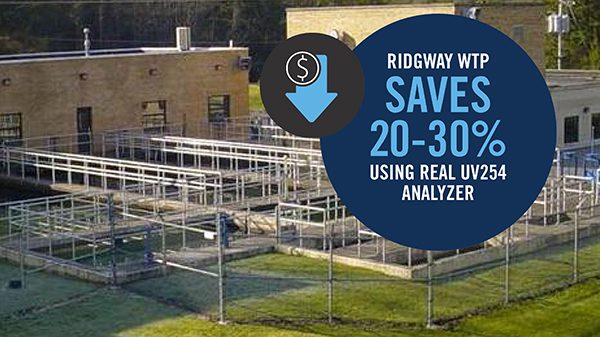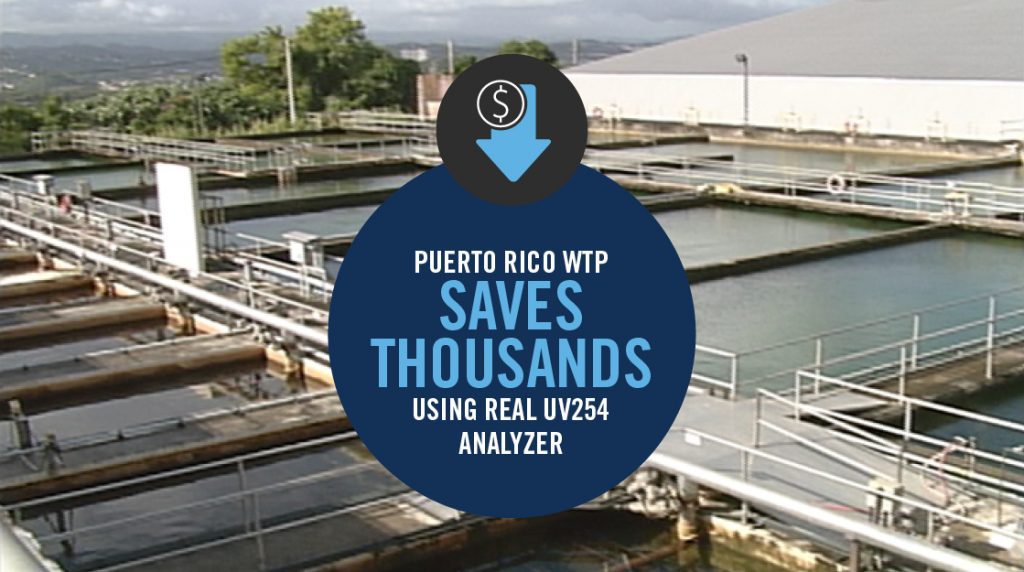UV254 is a water quality test parameter that provides a quick measurement of the organic matter in water. The measurement technique works by shining ultraviolet light (UV) light at 254 nm through a quartz cells that contains a representative water sample. Most commonly, the cell is 1 cm (10 mm) but can vary dependent on the application and water quality.
Organic compounds, specifically those that contain aromatic rings or unsaturated carbon bonds (double or triple) in their molecular structure, absorb a portion of the UV light as it passes through the water sample. Since the intensity of the light source is known, a detector on the other side of the cell is used to measure the amount of light absorbed by organic compounds present in the sample.
UV254 is typically expressed as either UV absorbance (UVA) per cm (cm-1) or UV transmittance (UVT) %. In some cases, UV254 is referred to as Spectral Absorption Coefficient (SAC254).
UV254 and UVT are both valuable water quality measurement for many applications, including UV disinfection performance monitoring, raw water monitoring for event detection, coagulation control, and DBP precursor monitoring. The method for measurement is simplistic and does not involve the use of reagents. There are multiple ways in which UV254 or UVT can be measured including; continuously in real-time with a bypass analyzer or submersible probe sensor, grab samples throughout the plant with a portable test meter, or in laboratory with a test meter or benchtop spectrophotometer.
Discover more about Real Tech’s practical and affordable UV254 instruments.
________________________________________________________________________________________________________________________
RELATED POSTS
HOW A SIMPLE ORGANICS MONITOR HELPED REDUCE CHEMICAL COSTS
SPECIFIC ULTRAVIOLET ABSORBANCE (SUVA) AND UV254
CASE STUDY: PUERTO RICO WTP SAVES THOUSANDS WITH UV254
GO BACK TO BLOG
![]()



